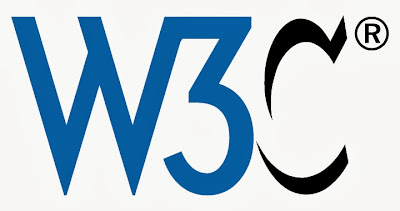What is Google Disavow?
The disavow links tool launched in October 2012. Its purpose
is simple: If there are some unnatural links in your link profile, Google
Disavow can help you clean them up. The tool lets you submit a list of those
sites from bad neighborhoods for Google’s consideration. Disavow will not
remove the links, but it lets Google know you’d like to ignore them when it
comes to your search rankings. But know this: the tool is not a cure all, and
you should proceed with caution if you plan to use it as the primary means of
cleaning up your link profile.
What To Do Before You Resort to
Disavow
1. Gather Your Links:
You can use any source you want, but Google recommends
downloading your Latest Links report directly from Webmaster Tools.
i. Login to your Google Webmaster account
ii. Choose the website you'd like to download the link profile of
ii. Choose the website you'd like to download the link profile of
iii. Under the "Who Links Most" section, click the more
iv. Now there are two options you can choose
• "Download this table" – which downloads ALL your links
• "Download Latest Links" – which downloads all recent links
• "Download this table" – which downloads ALL your links
• "Download Latest Links" – which downloads all recent links
2. Analyze the link
data:
As this tool enables in your webmaster tool account so you
can easily analyze the back links through link audit summary.
3. Find the Bad Links:
You can do this two ways, with either automatic tools or
manual analysis. Realistically, you should use both. Best Manual Analysis
Resource:
Examples of Bad Link:
Here are some
examples where inorganic links may appear:
● Automated link exchanges
● Low quality article and directory submissions
● Artificial blog networks
● Paid links
● Fake Profiles
● Blog Comment Spam
● Widgetbait Tactics
● Footer Link Spam
● Artificial Blogrolls
The above examples typically exhibit characteristics of
manipulative anchor text.
4. Formatting Counts:
Google rejects many disavow files because of bad formatting,
but webmasters usually never know. Guidelines state the file type should be
.txt only and “must be encoded UTF-8 or 7-bit ASCII.”
6. Read Google's little warning message and click "Disavow Links"
7. Select the .txt file of the links you'd like cleared and upload
And you're done!
Now in the future if you want to make edits, Google keeps this .txt file available for download. You can download the file, add another link to ignore and then re-upload the .txt file for Google to process.
Now in the future if you want to make edits, Google keeps this .txt file available for download. You can download the file, add another link to ignore and then re-upload the .txt file for Google to process.

















 Matt Cutts
Matt Cutts















